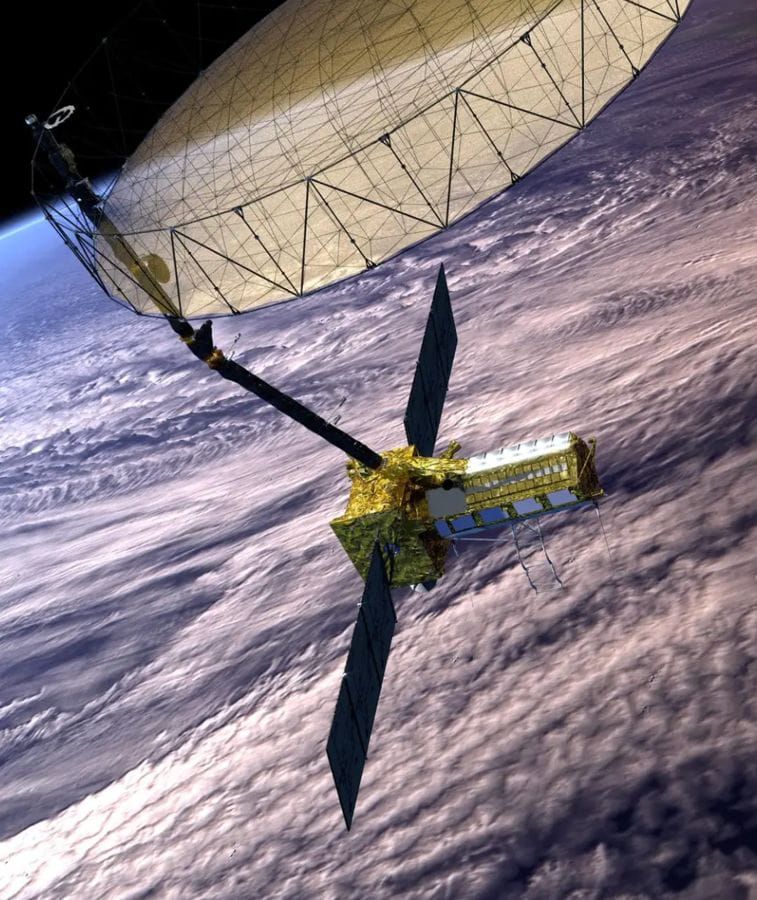
NEW DELHI — Seventeen days after launch, the NASA-ISRO Synthetic Aperture Radar (NISAR) mission has reached a major milestone with the successful deployment of its massive radar antenna reflector in low Earth orbit.
Spanning 39 feet (12 meters), the drum-shaped reflector — the largest ever deployed on a NASA mission — unfurled on August 15 after being stowed in an umbrella-like configuration. Supported by a 30-foot (9-meter) boom that unfolded over several days, the reflector is a critical component of the satellite’s dual radar system.
Launched on July 30 from the Satish Dhawan Space Centre in India, NISAR will provide unprecedented Earth observation capabilities. The mission aims to monitor ice sheet movements, track land deformation from earthquakes, volcanoes, and landslides, and study ecosystem changes in forests and wetlands with centimetre-level precision. The data will be invaluable for disaster response, agriculture, and infrastructure planning.
“This milestone showcases the power of innovation and collaboration,” said Karen St. Germain, director of NASA’s Earth Science Division. “NISAR will deliver transformative data to help global communities prepare for disasters, strengthen infrastructure, and ensure food security.”
The mission marks the first time a satellite carries both L-band and S-band synthetic aperture radar systems. The L-band penetrates clouds and dense vegetation, while the S-band excels at detecting lighter vegetation and snow moisture. The newly deployed reflector is essential for both systems, making its flawless “bloom” a pivotal achievement.
The reflector, weighing 142 pounds (64 kilograms), is built with 123 composite struts and a gold-plated wire mesh. After the boom extended by August 9, explosive bolts released the reflector, allowing it to unfurl in stages before locking into place.
“This deployment represents years of design, testing, and engineering,” said Phil Barela, NISAR project manager at NASA’s Jet Propulsion Laboratory. “Now, we turn to fine-tuning the system to begin delivering groundbreaking science by late fall.”
With its advanced radar technology, NISAR is set to become a cornerstone of global Earth science research, helping scientists and policymakers better understand natural processes and prepare for future challenges.
